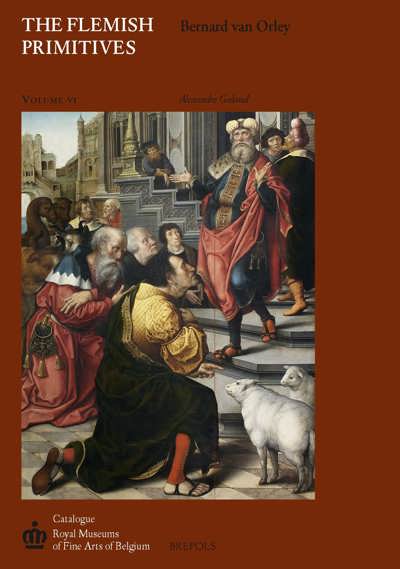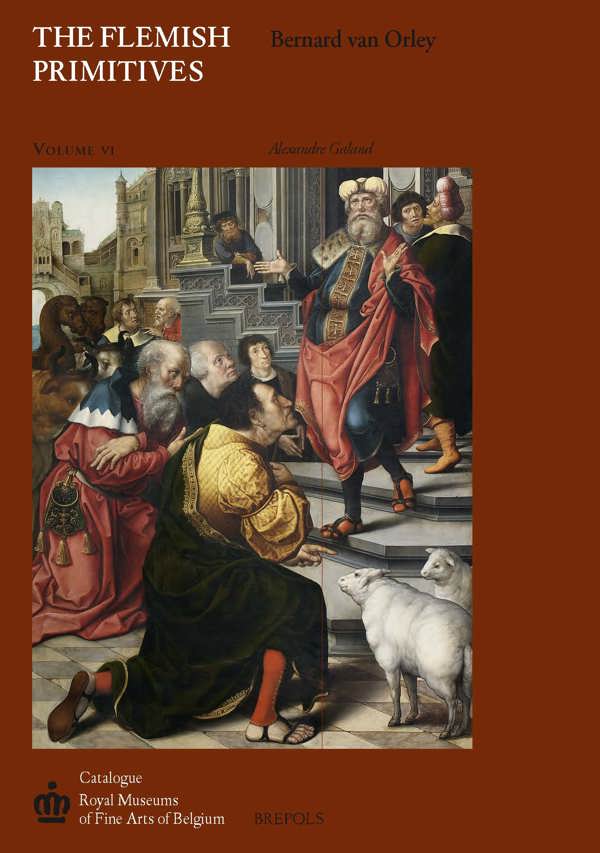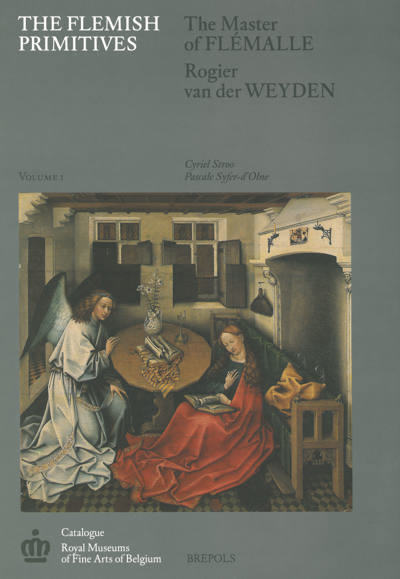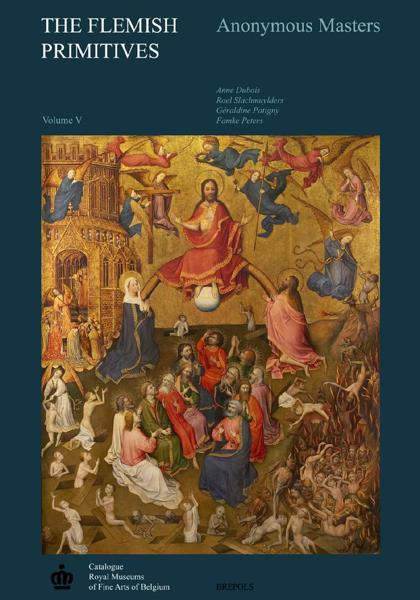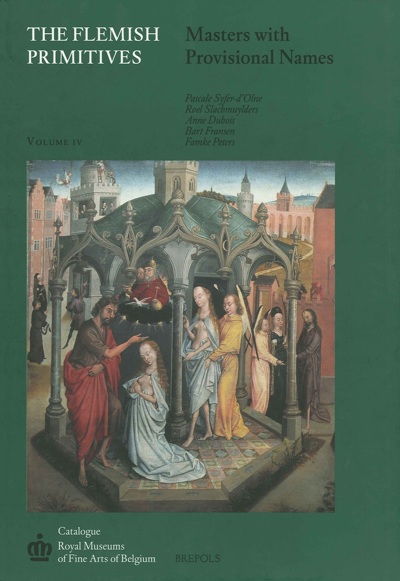
- Pages: 446 p.
- Size:210 x 297 mm
- Illustrations:102 b/w, 273 col.
- Language(s):English
- Publication Year:2013
- € 155,00 EXCL. VAT RETAIL PRICE
- ISBN: 978-2-503-54575-2
- Hardback
- Available
Based on the works kept in the Royal Museum of Fine Arts of Belgium, this catalogue and collection of essays tries to shed light on Bernard van Orley’s painting.
"This insightful and thorough examination of Bernard van Orley as a painter through his Brussels works reminds us anew of his pivotal place in sixteenth-century Flemish religious and court artistic culture." (Larry Silver, in: HNA Reviews, March 2014)
"This volume, like the others in the series, is beautifully designed and sumptuously illustrated with color photographs, many of stunning details, and like them it analyzes past research, focuses on archival and technical studies, and avoides speculation. (...) this volume will certainly become the fundamental resource on Bernard van Orley." (Diane Wolfthal, in: Sixteenth Century Journal, XLV/3, 2014, p. 749-751)
"Few other Flemish artists of the early sixteenth century practiced as many different arts as Bernard van Orley. Principally a painter, he also worked as a designer of stained-glass windows, tapestries, and even (a new revelation here) architectural designs. Such diversity guarantees that writing an eventual monograph will be a singular challenge, but Alexandre Galand has already taken on a good bit of this daunting task, and in the process corrected and informed our understanding of the artist, and produced a superb foundation for future scholars." (Dan Ewing, in: Renaissance Quarterly, 67.3, 2014, p. 964-965)
The years 1510 and 1520 appear to be a crucial moment for the introduction of the Renaissance in the former Netherlands. That period coincides with the first activity period of Bernard van Orley, a major witness of the transition. Until now, research has been concentrating on the artist through his superb tapestries. Yet, from the end of the first decade of the 16th century to 1521, when he signed the monumental Job and Lazarus Polyptych (Brussels, MRBAB/KMSKB, Inv. 1822), the artist produced paintings which integrated more and more shapes from the Italian peninsula. Did this change in perspective lead to significant differences in terms of workshop practices? How can works be best characterized when they make up the hard core of a catalogue with changing frontiers? In what way can archives shed new light on the artist’s activity? Those questions are at the centre of a catalogue and essays, which aim to renew the vision of Bernard van Orley’s painting, on the basis of the works kept in the Royal Museum of Fine Arts of Belgium.
